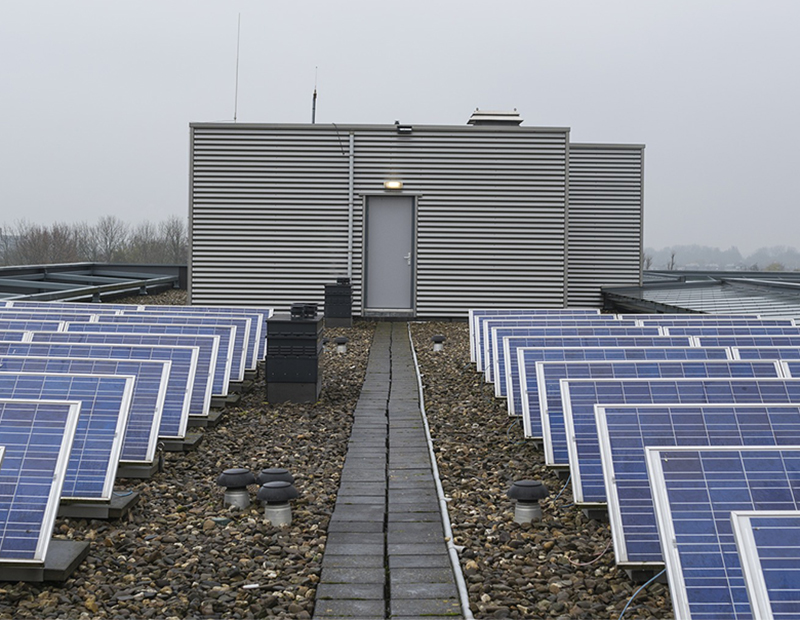ESA Vision: 100 GW of New Energy Storage in 10 Years
The U.S. Energy Storage Association reveals the 100x30: Enabling the Clean Power Transformation vision, a revised plan to boost the energy industry.
The U.S. Energy Storage Association (ESA) has set a goal of deploying 100 gigawatts of new energy storage in the country by the end of 2030. The materialization of this ambitious plan would also produce 200,000 new jobs throughout the period, which is a roughly threefold increase from current levels. The plan is detailed in a paper named 100×30: Enabling the Clean Power Transformation.
Energy storage is a vital piece of the energy industry, one that while it’s still in research, represents an important milestone for energy innovation. The Department of Energy is investing massively into storage research and development, as it not only benefits the grid by enabling flexibility and reliability, it is also part of a global competition to develop and launch these technologies. Since 2017, the DoE has spent more than $1.2 billion in energy research and development activities.
READ ALSO: How Energy Storage is Navigating the Pandemic
The newly announced goal depicts the path to 100 gigawatts of new energy storage in the next decade, building upon the original 35×25: A Vision for Energy Storage plan, the EAS had published in 2017. The plan from three years ago aimed to achieve 35 GW of new energy storage by 2025 that would include a mix of batteries, pumped hydro and other technologies. Back then, the association estimated that the plan would lead to $4 billion in cumulative operational cost savings, reduced emissions and the creation of more than 167,000 jobs. Also back then, BloombergNEF and Wood Mackenzie Power and Renewables forecasted 32 GW and 28GW of energy storage by 2025, with an accelerating rate of deployment. Extrapolating to 2030, the two research firms forecast the deployment of 69 GW and 95 GW, respectively.
The modified report proposes a combination of sustained policy support—such as the investment tax credit (ITC) for standalone storage facilities—and the continuation of emerging policies that take down barriers to market participation. The portfolio will include technologies such as batteries, thermal, mechanical and pumped storage hydro.
Backup for backup tech
While the 2017 plan didn’t go as anticipated, impacted by roadblocks such as the tariffs on Chinese goods and the COVID-19 pandemic, the future looks promising, backed by additional entities. The Federal Energy Regulatory Commission’s Order 841, issued in 2018, has passed the court’s appeal, which means that federal regulators—not utilities and states—get to decide how batteries engage in transmission-scale power markets. Also, earlier this year, the ESA has worked with the American Wind Energy Association, the Hydropower Association and the Solar Energy Industries Association to set a “shared vision”—specifically that 50 percent of electricity generation in the country would come from solar, wind and hydroelectric resources by 2030.
READ ALSO: How Battery Storage Maximizes Renewable Energy Investment
The 200,000 jobs projection is based on the expectation that 100 GW of new storage will be attained through 15 GW to 20 GW of annual installations, at a rate of 10 jobs per megawatt installed. However, the paper highlights that legislative actions are of utmost importance, especially a standalone ITC.








You must be logged in to post a comment.